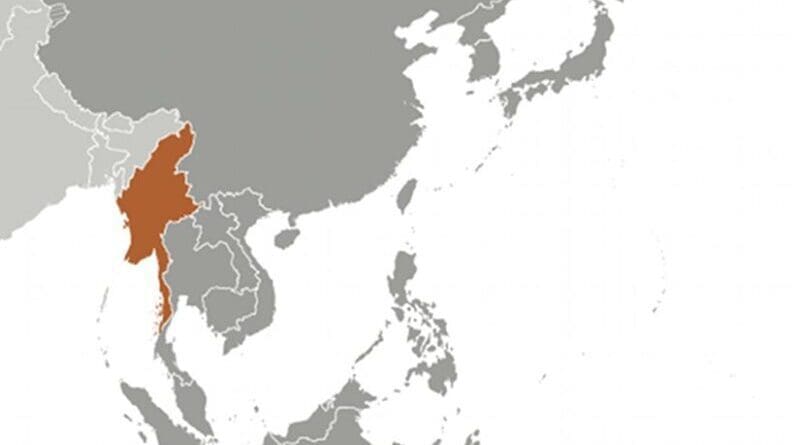UN: Opium Production In Burma Grows For Sixth Straight Year
By VOA
The United Nations says opium production in Burma has gone up for the sixth consecutive year, despite increased government efforts to curtail output of the crop used to make heroin.
An annual report by the U.N. Office on Drugs and Crime said Wednesday that state eradication efforts destroyed poppies on nearly 24,000 hectares of land in 2012, more than triple that of last year. Nonetheless, farmland used for opium cultivation rose by 17 percent to 51,000 hectares.
Burma, the world’s second largest producer of opium after Afghanistan, has promised to eradicate the drug completely by 2014. But the likelihood of achieving that goal is now in question, since U.N. data says production of the crop has risen every year since 2006.
The U.N. report said rising prices and increased demand in China and the rest of Asia continues to attract poor farmers to the opium business. It said farmers can receive 19 times as much for opium as for rice, and will not likely turn away from growing the crop unless alternate livelihoods are available.
Burma’s illegal opium crops are mainly found in northeastern Kachin and Shan states, the site of long-running violence between insurgents and the army. The report said there is no question that opium production is “strongly connected” to ethnic insurgencies in the country. It said the emergence of peace and security is an “essential ingredient in tackling the poppy problem.”
Regionally, the report said that opium cultivation has doubled over the last six years. It found that opiate users in East Asia and the Pacific now make up about a quarter of the global total. It said China alone has more than a million registered heroin users.

